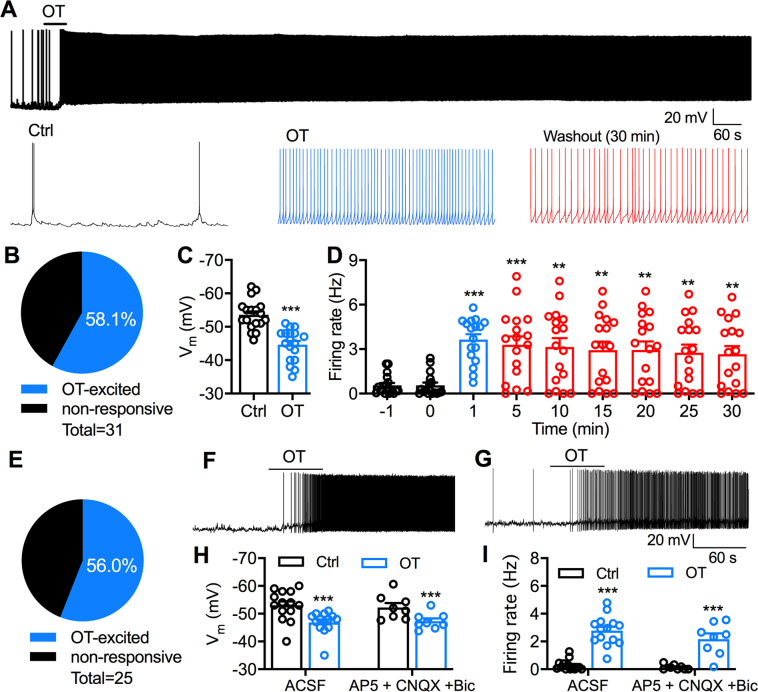Fig. 3. OT excites PVT neurons in both C57BL/6J and Swiss Webster mice.
a A representative current-clamp trace shows the membrane potential and action potentials of a PVT neuron in a C57BL/6J mouse before, during, and after OT (1 μM) application of 1 min. Expanded sections (10 s) are shown underneath the trace. b Percentage of recorded PVT neurons (n = 31) in slices of 15 C57BL/6J mice. If the depolarization was more than 1.5 mV and/or the firing rate was increased at least 20% by OT treatment, we considered those neurons as OT-excited or OT-responsive neurons. c Effect of OT on the resting membrane potential of responsive PVT neurons in C57BL/6J mice. n = 18 cells from nine mice. Paired t-test, ***p < 0.0001 compared with control before OT application. d Long-lasting effect on firing rate of responsive PVT neurons in C57BL/6J mice. n = 17 cells from nine mice. Firing rates of 1 min were measured at each time point for the recording of at least 30 min. One-way ANOVA repeated measures followed by Bonferroni post hoc tests for multiple comparisons: **p < 0.01, ***p < 0.001 compared with control at the time point before OT application. e Percentage of recorded PVT neurons (n = 25) in slices of 12 Swiss Webster mice. f A representative trace shows the membrane potential and action potentials of a PVT neuron in a Swiss Webster mouse before, during, and after OT (1 μM) application of 1 min. g A representative trace shows the membrane potential and action potentials of a PVT neuron before, during, and after OT (1 μM) application of 1 min in the presence of AP5 (50 μM), CNQX (10 μM), and Bic (30 μM). h A bar graph shows the effect of OT on the membrane potential of PVT neurons in Swiss Webster mice in the absence (n = 14 cells from nine mice) and presence of AP5, CNQX, and Bic (n = 8 cells from four mice). Two-way ANOVA repeated measures followed by Bonferroni post hoc tests for multiple comparisons: ***p < 0.001 compared with control before OT application. i OT effect on the firing rate of PVT neurons in Swiss Webster mice in the absence (n = 14 cells from nine mice) and presence of AP5, CNQX, and Bic (n = 8 cells from four mice). Two-way ANOVA repeated measures followed by Bonferroni post hoc tests for multiple comparisons: ***p < 0.001 compared with control before OT application.

